5 gardening tips for December
What gardening jobs should we be doing towards the close of the year?
What is the average weather in December?
We look at averages using the 30-year average (1980-2010). Using this we can see changes in temperature, rainfall and sunshine hours in December. Maximum air temperatures for December across the UK average 6.7 °C, whilst minimum air temperatures average around 1.1 °C, more than 2 °C cooler than the average minimum in November (3.3 °C). In December we would expect to see air frost on 11 days and grass frost on 18 days.
Average sunshine hours, drop considerably in December, with only an average of around 41 hours of sunshine across the UK; 16 hours fewer than the average for November. The 21 December is the winter solstice the shortest day of the year. London will see seven hours and 30 minutes of daylight while Edinburgh will see around six hours and 34 minutes.
The average rainfall for December across the UK is 120.2 mm; almost the same as the November average at 121.2. However there are huge regional contrasts with southern England receiving an average of 83 mm of December rainfall over the 30-year period and northern Scotland receiving over 185mm over the same period.
Find out more about climate records, including breakdowns for the UK, England, Scotland, Wales and even your region, on our UK climate averages page.
Gardening jobs for December
The change in weather will have a definite impact on the plants in the garden - here's the experts at the Royal Horticultural Society with their tips on what to do in the garden in December.
1. Prevent ponds from freezing
Although pond life is well adapted to winter cold, shallow ponds in particular benefit from an unfrozen area. A floating ball will keep some water clear, but if the pond freezes a saucepan of hot water will melt a hole when it is placed on the ice. The RHS has more information on pond care.
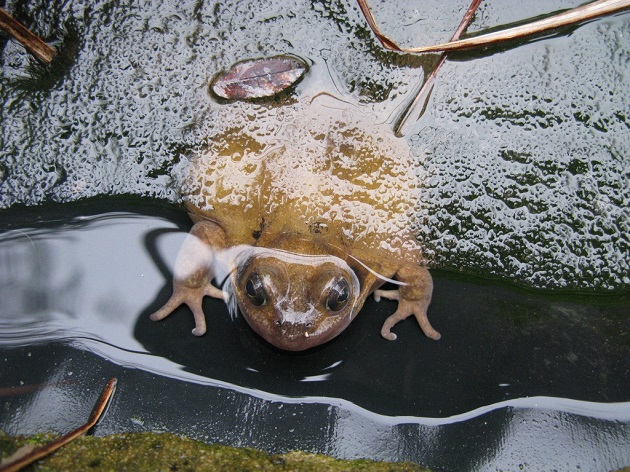
2. Prune maples, birches and vines
Once leaves fall deciduous trees, hedges and shrubs can be pruned with less risk of ‘bleeding’ when the sap rises in spring and the naked branches are more visible. Japanese maples and grape vines in particular are best pruned now. Read more advice from RHS.
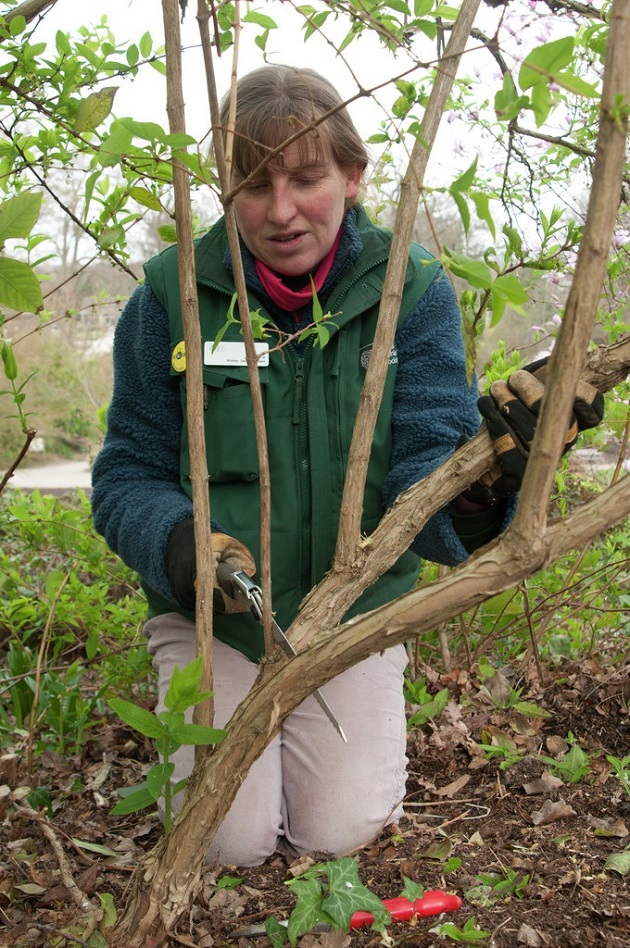
3. Hedges for wildlife and the environment
Winter is a good time to plant hedges. The young trees are cheap and come with bare roots for immediate planting. Mixed hedges of field maples, hawthorn, hazel, holly are good for wildlife, while beech and hornbeam are good for a more formal hedge. More advice about wildlife and gardening from RHS here.
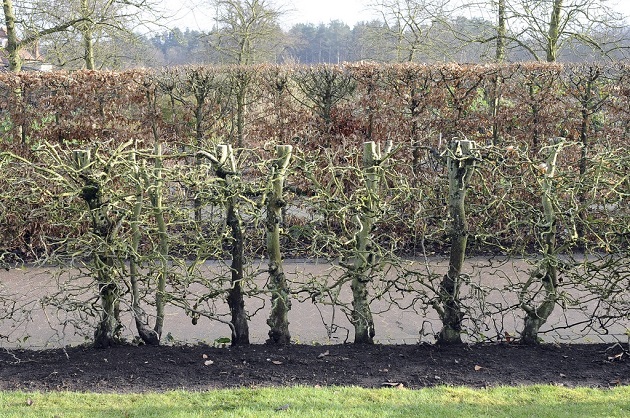
4. Winter houseplants
The benefits of houseplants to health and well-being are well known. Retailers offer an amazing selection of houseplants in winter. Sunny windowsills are ideal for many plants in winter as the light and heat are not damagingly fierce as in summer. Beware chill air forming between window and curtain at night however. Read more advice about winter houseplants.
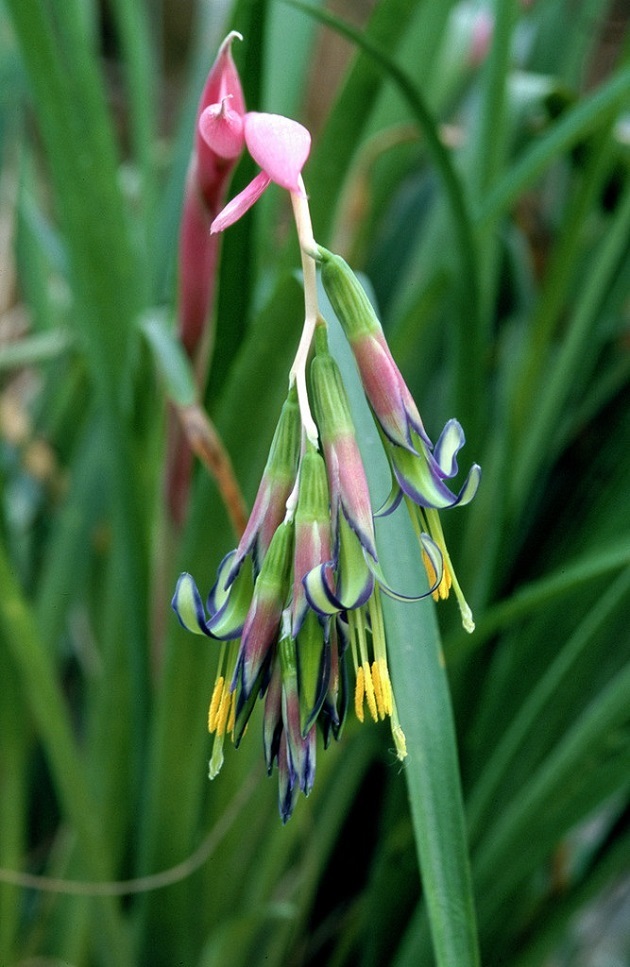
5. Check the garden's infrastructure
With less to do tending plants gardeners can set to mending, upgrading and replacing fences, shed roofs, trellis, pergolas, arches, edging, pond heaters and pumps, greenhouses and equipment. It will pay off generously next spring and summer. Here's more advice from the RHS’s advice calendar for tips on general maintenance.
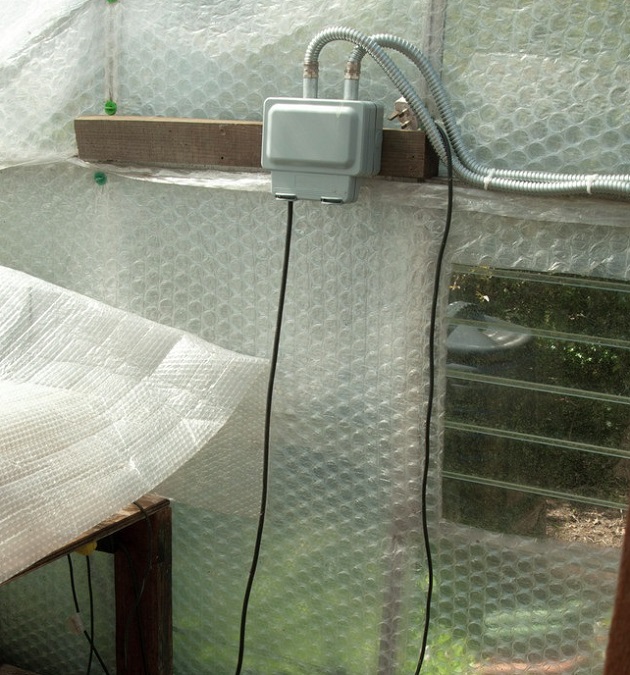
Images with thanks to RHS





